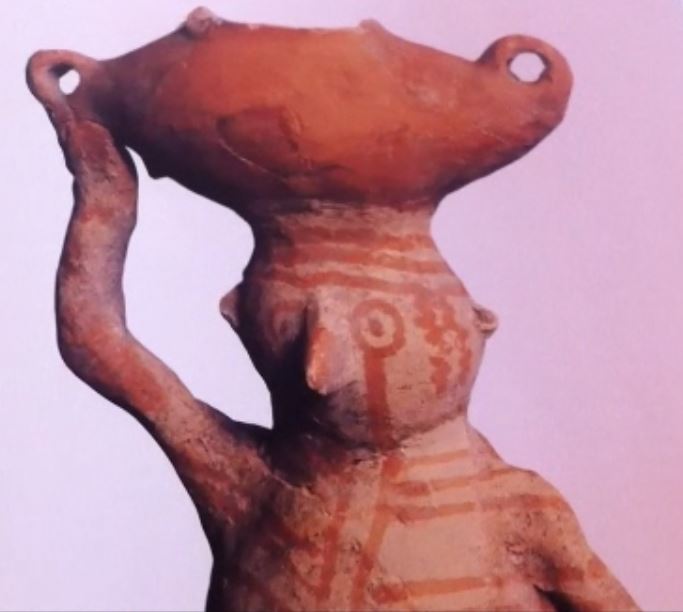 The Archaeology of Ancient Israel (Edited by Amnon Ben-Tor) page 227
The Archaeology of Ancient Israel (Edited by Amnon Ben-Tor) page 227
Gilat.
Cultural vase representing a seated woman [...]
Chalcolithic period, around 4000 BC.
Israel Museum, Jerusalem.
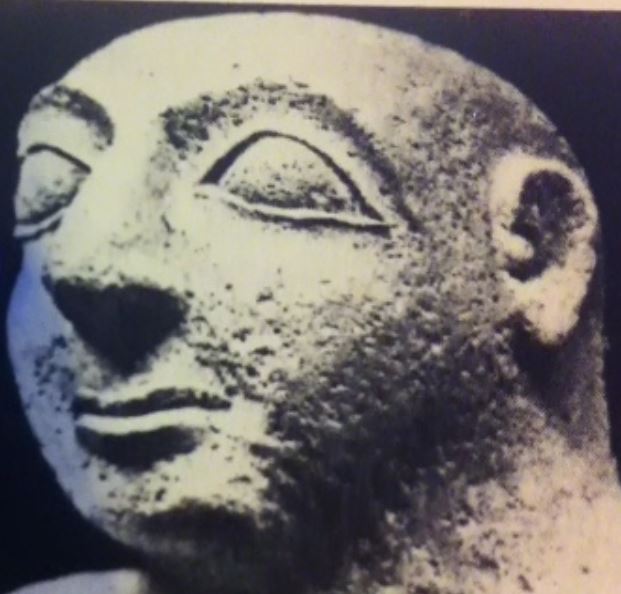
"De Sumer à Babylone, collections du Louvre" (From Sumer to Babylonia, collections of the Louvre) Fig.24: Basalt statue of the chief of the granaries of Uruk, coming from Tell al-'Ubaid. Around 2700 BC, height 37,5 cm ; British Museum
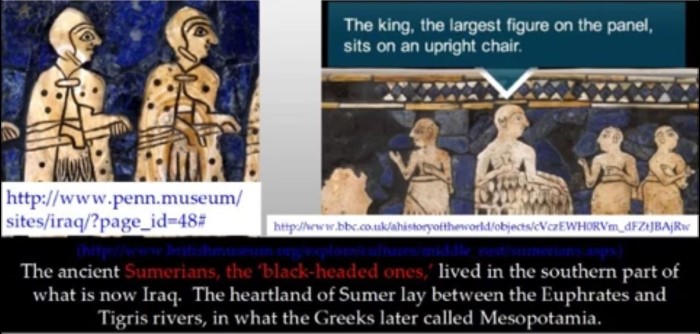
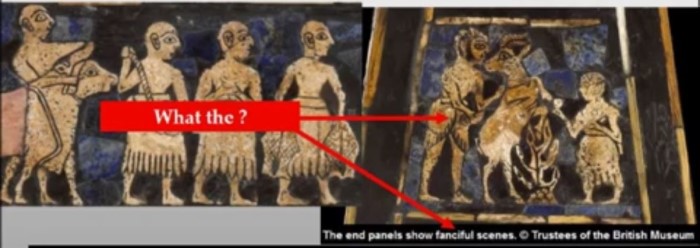
Standard of Ur about 2500 BC, British Museum ref: ME121201, from Ur, southern Iraq, Room 56: Mesopotamia (the so-called "black-headed" Sumerians)
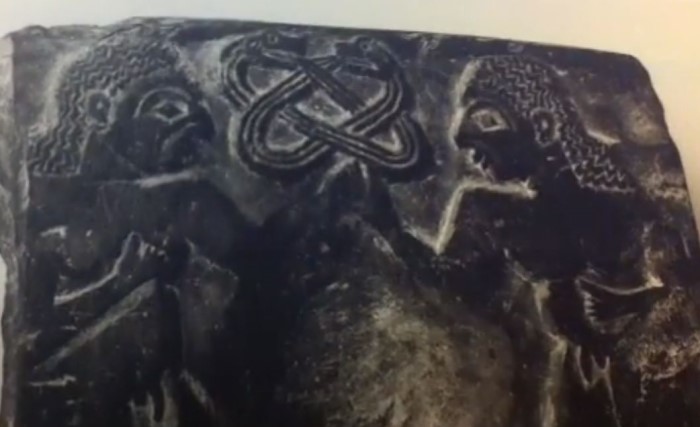
" La cité royale de Suse, découvertes archéologiques en Iran conservées au Musée du Louvre" ("The royal city of Susa, archaeological discoveries in Iran preserved in the Louvre Museum") Page 85, figure 52, masculine characters, around 2600-2500 BC, Acropolis, temple of Ninhursag : Sb 2724
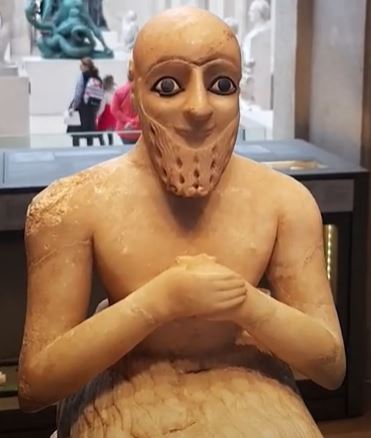
Louvre Museum (Ref: AO 17551) around 2350 BC
Mari (Tell Hariri, Syria), statue of Ebih-il, high dignitary of the city of Mari. (click here for the video)
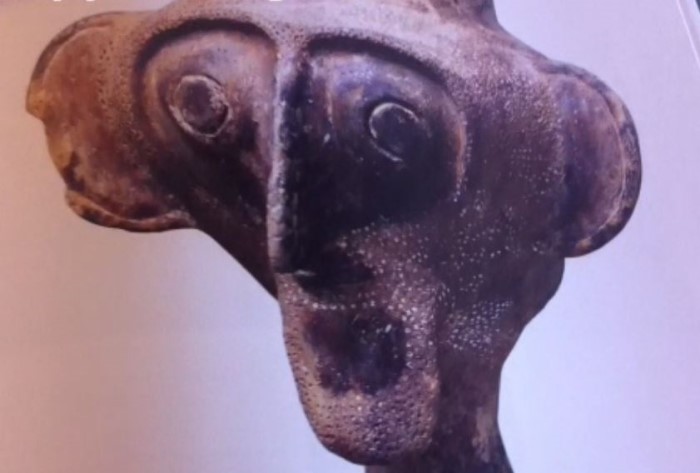 "Dictionnaire Archéologique de la Bible" (Archaeological Dictionnary of the Bible) page 283
"Dictionnaire Archéologique de la Bible" (Archaeological Dictionnary of the Bible) page 283
Jericho, rhyton (drinking vase) in human head shape.
Middle Bronze Age II, 1750-1550 BC
Rockefeller Museum, Jerusalem.

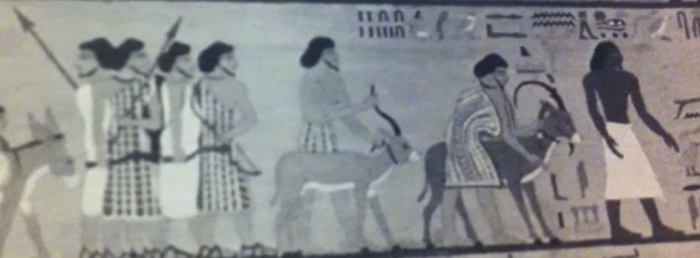 The Oxford Encyclopedia of Archaeology in the Near Easr Vol. I (page 411)
The Oxford Encyclopedia of Archaeology in the Near Easr Vol. I (page 411)
CANAANITES.
Copy of a mural from a tomb at Beni Hasan. Semitic tribespeople dressed in colored striped costumes ask permission to enter Egypt. Dated to the nineteenth century BCE, Middle Kingdom. Kunsthistorisches Museum, Vienna.
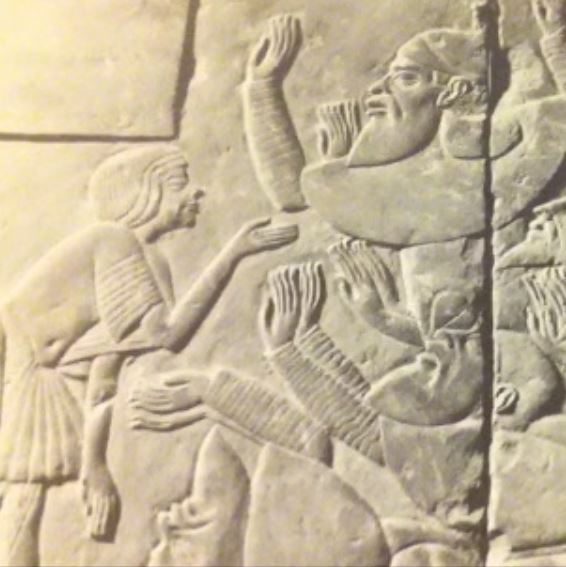
The Oxford Encyclopedia of Archaeology in the Near Easr Vol. I (page 410)
CANAANITES.
Relief showing Canaanite vassals. From the Memphite tomb of general Horemheb at Saqqara. Eighteenth dynasty. (Rijks Museum van Oudheden, Leiden)
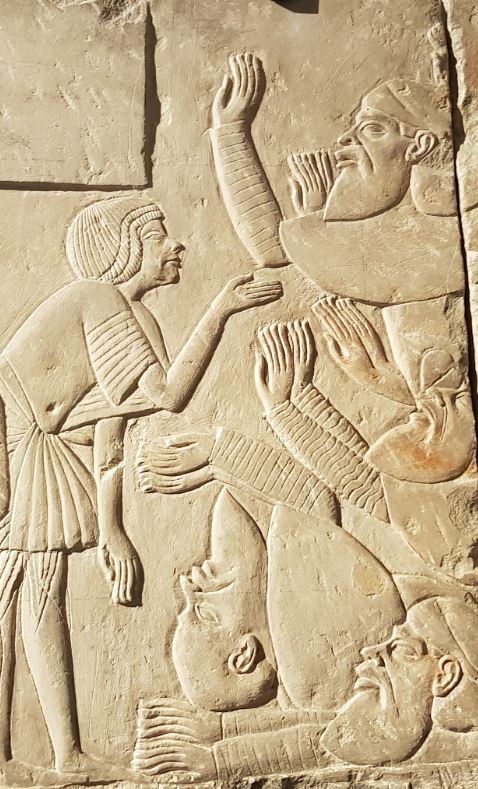
Picture taken by Shaka-Ndugu-KMT at the Leiden Museum in 2020
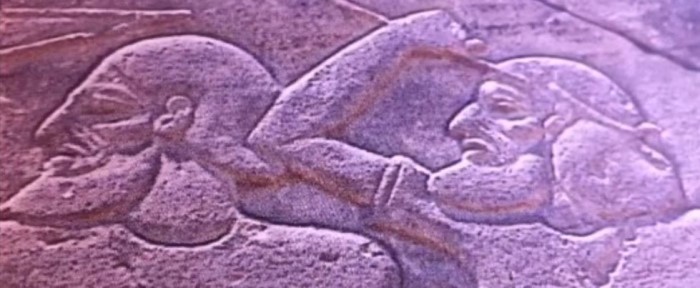 "Dictionnaire Archéologique de la Bible" (Archaeological Dictionnary of the Bible)
"Dictionnaire Archéologique de la Bible" (Archaeological Dictionnary of the Bible)
Attack of Kadesh by the army of Seti I.
The inscription on the fortress says : "the country of Kadesh et the country of Amurru".
Detail from a low relief of the Karnak temple, Thebes.
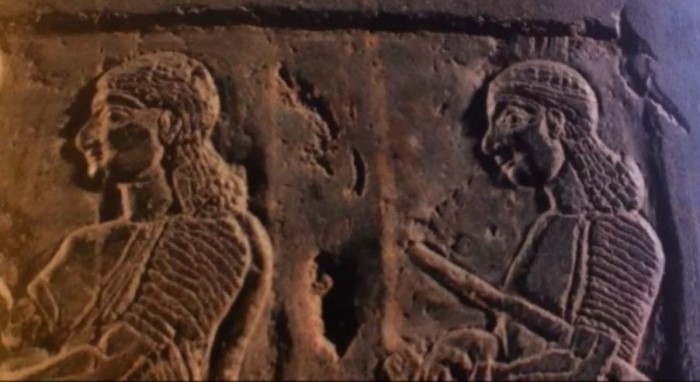
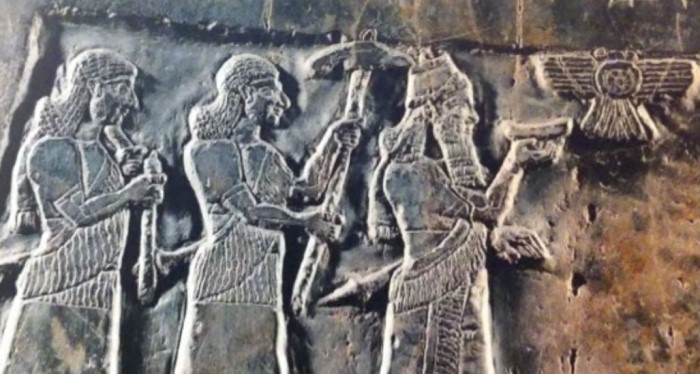
"Dictionnaire Archéologique de la Bible" (Archaeological Dictionnary of the Bible)
Jehu, king of Israel (842-814), bringing his tribute to the assyrian king Shalmaneser III.
British Museum, London.
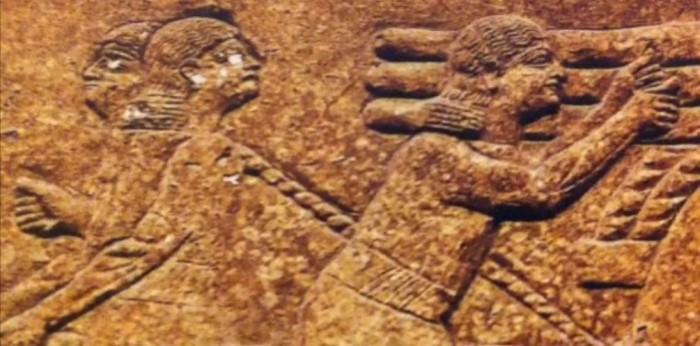 The Archaeology of Ancient Israel (Edited by Amnon Ben-Tor) page 198
The Archaeology of Ancient Israel (Edited by Amnon Ben-Tor) page 198
Workers (slaves?) transporting construction material on a chariot. Detail of a low relief from the palace of Sennacherib, Nineveh. Around 700 BC. British Museum, London.
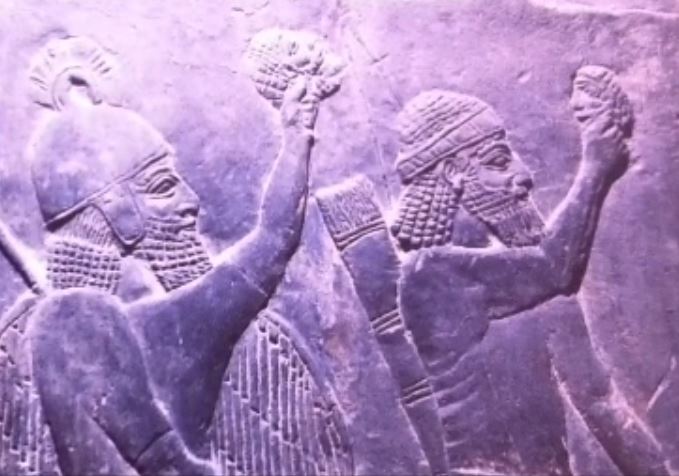 "Dictionnaire Archéologique de la Bible" (Archaeological Dictionnary of the Bible) page 451
"Dictionnaire Archéologique de la Bible" (Archaeological Dictionnary of the Bible) page 451
Assyrian soldiers parading with their prisoners.
Detail of a low relief from the palace of Ashurbanipal, Nineveh. 7 century BC. British Museum, London.